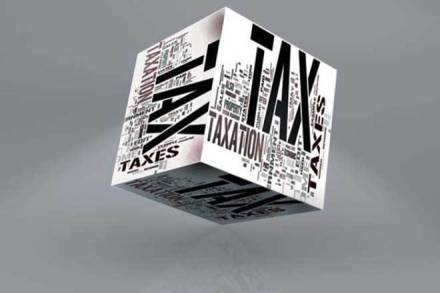The cargo tracking mechanisms employed by different organisations need to be integrated for greater efficiency of the supply chain and better ease of doing business, a working group constituted under the Central Board of Indirect Taxes and Customs (CBIC) has recommended.
The report studied tracking systems of Goods and Services Tax Network(GSTN), Customs, Delhi-Mumbai Industrial Corridor Development (DMIDC) and National Highway Authority of India (NHAI).
The working group comprises of a CBIC member, representatives from GSTN, DMIDC, NHAI and National Informatics Centre (NIC). The report is in the final stages of preparation, and has been reviewed by FE.
The report has recommended integration of e-way bill system with FASTag – a radio frequency identification technology (RFID) of NHAI, which allows vehicle to move seamlessly through toll plazas while making payments electronically through a tag affixed on the windscreen. The report said that this would eliminate the cumbersome process of tax officials inspecting vehicles on the highway, and improve supply chain management, and eliminate the need for affixing a separate tag.
FASTag has touched 25% penetration of toll collection in value in last 18 months of operation. Given its convenience and popularity, it would be the most preferred way of paying toll in future, especially for commercial vehicles, the report said. The integration would save cost for GSTN, DMIDC and state tax administration, which would otherwise be incurred on creating a parallel RFID infrastructure.
Additionally, the report said that FASTag data, when merged with e-way bill data, can be intelligently analysed to generate alerts which can be used for checking probable violations of rules by users.
Similarly, the working group studied RFID tracking system used by DMIDC for export-import cargo and customs department e-seal mechanism which electronically stores information about the containers to be exported. The report, while recommending the integration of the two, said it would bring high level of synergies, as both the systems are concerned with the movement of containers.
Additionally, such an aligned system would also remove the redundant infrastructure leading to additional cost and operational inefficiencies. The analytics reports provided by the DMIDC system to the customs would aid various related parties to take informed decisions related to diversions, idle time etc, the report stated.
The working group also recommended bringing all these systems on a single platform for greater harmonisation among all cargo tracking systems but suggested that a inter-ministerial committee be formed for designing a comprehensive road map, given integrating all systems would involve complex technical challenges.
“This would ensure tighter grip on non-compliant business whereas compliant ones would enjoy benefits of real-time tracking ensuring smooth and timely flow of goods benefiting the entire supply chain. This streamlining of the supply chain would propel India in ease of doing business ratings,” Rajat Mohan, partner, AMRG & Associates said.
